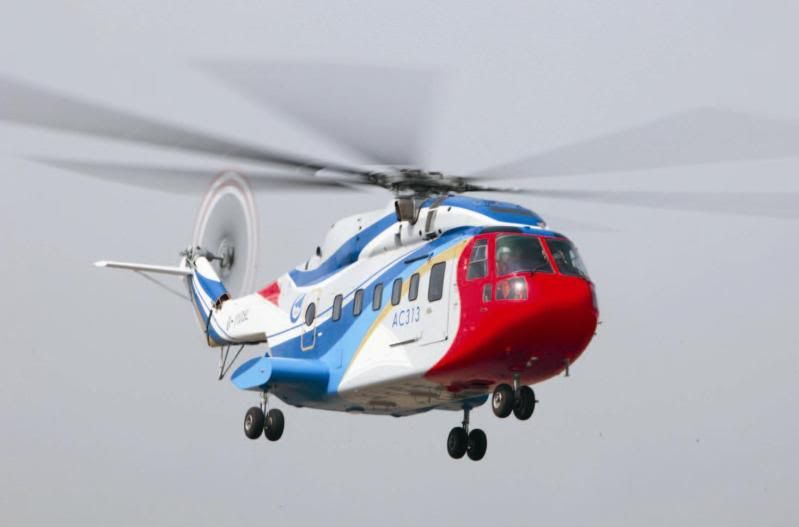Re: ¦^ÂÃ: Re: ¦^��: Re: ¦^��: Re: The 071 LPD and the Landing Craft
sure is, such a amphibious force could quite easily consist of 2 Battalions of Chinese marines, plus all thier equipment
but one thing that alway concerns me is the lack of helos in used by China in amphibious operations, maybe they are all out when this picture was taken but they could if they want have 9 helos in that group of ships between them , 4 on the LPD and 5 on the Type 072s
helos are indispensible when it comes to shifting and moving heavy equipment around, especially at sea logistics, they provide a rapid response core which planners can work around
i just hope we can start seeing more helo operations from PLAN, even if it means using them to carry cargo to and from ships, USN does it all the time!
if ur landing on a beech and u need a 155mm howizter, thats where a heavy lifter would be awesome help
Except the PLA lacks a heavy lift helo that can carry a 155mm howizter.
The PLA uses their helos primarily for troop transport and fire support, the bulk of the heavy lifting is down to LCACs and other landing craft and amphibious tanks and IFVs swimming ashore themselves.
I do not see that changing much as China is still many years if not a decade away from being able to field a true heavy lift helo.
If the PLAN fields and LHD, I feel it will serve more as a base for sea based WZ10s rather than focusing on heavy air transportation duties with a massive wing of Z8s and Z9s. In fact, I think one of the main reasons we have not see a Chinese LHD yet is because the PLAN really doesn't have the helo assets available or coming any time soon to make best use of such a platform.
This is a weakness that the PLAN recognizes and accepts, that is why you see such a high proportion of amphibious armor amongst the PLA marine formations, with heavier guns than most other marines from other nations. US marines and marines from the other top tier NATO nations (Britain, France, less so Germany) are mainly a light infantry helo-borne force that relies on close air support for their firepower. The Chinese marines in contrast is more of a mechanized force that bring their own big guns along with them to lay down fire support, and relies on the speed and resilience of their light tanks and IFVs to out maneuver and/or punch through enemy defenses on their own with limited or no organic CAS.
That may start to change as the Varyag and it's air wing start to become operational, but the J15 isn't really a CAS kinda bird, so unless they start investing in naval WZ10s in a big way or bring in another type more suitable for mud moving, the PLA marines will still be without organic air support for quite a few years yet. Obviously they will have close air controllers to call in navy and air force jets when needed, but that will be on more of an ad hoc bases, whereby the response time of air assets to fire mission requests will depend largely on the luck of the draw in whether there is a bird with a suitable load on a non-critical mission nearby that can respond.
This would be less of an issue in a Taiwan scenario, as the skies will probably be full of PLAAF/PLANAF jets by the time PLA marines hit the beaches, but for operations even slightly further afield like the disputed regions of the South China Sea even, the response times will probably be poor, and the PLA marines will need to rely a lot more on their own firepower to handle difficult enemy units/positions.
Obviously this isn't ideal, and that is something that China would be looking to improve upon, and mastering the seamless integration of its future carrier air wing alongside the expanding organic air wing of the marines and the marines themselves will be a key milestone in improving it's power projection capabilities and achieving blue water navy status (obviously there are many many other areas that the PLAN would also need to master before they can count themselves as a true blue water navy, but long range combined arms power projection capabilities will certainly be a key area that they must master).



